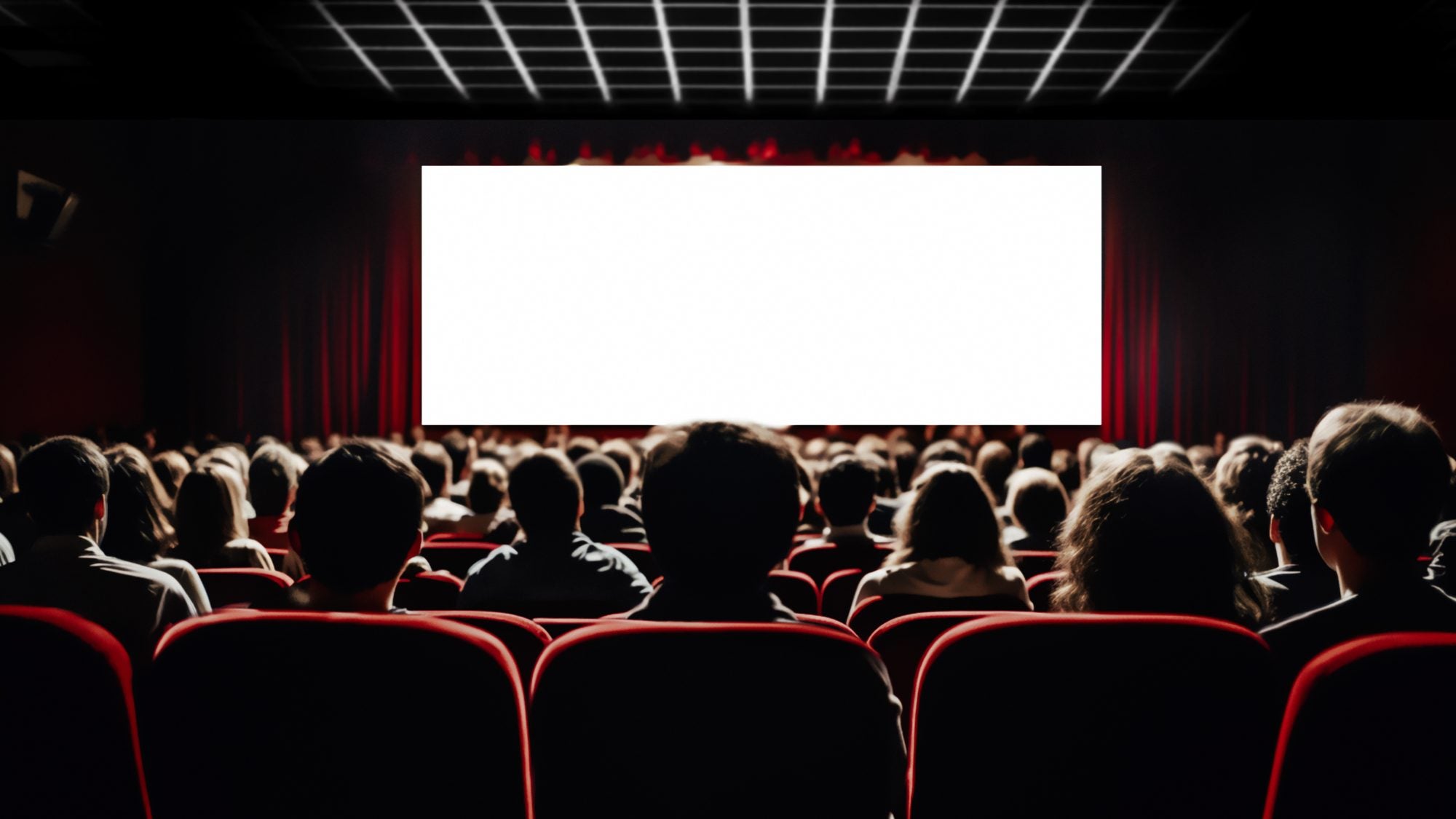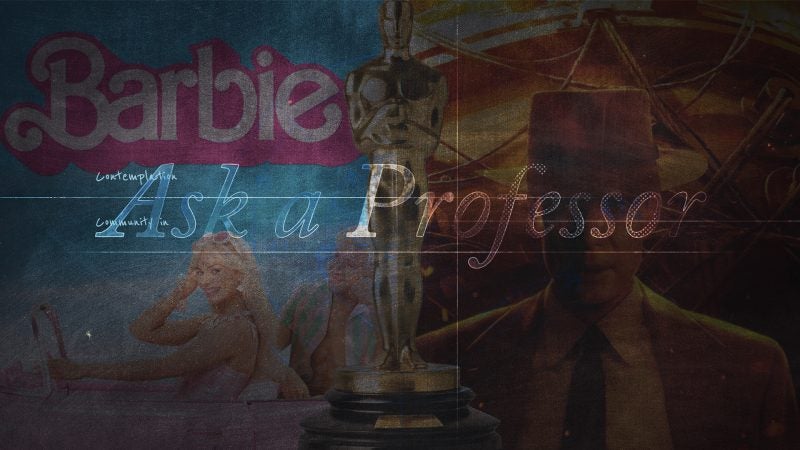Ask a Professor: John Glavin on Film Adaptations and the Storytelling Secret Behind Barbenheimer
This last year has seen the success of hugely popular film adaptations over original screenplays, such as Barbie and Oppenheimer. Why are adaptations so popular right now?
Even in their heyday, the studios were always hungry for content. Their in-house staffs could never generate enough. Film has always been taking things from other mediums and turning it into film.
And the other thing is it’s hugely in the interest of people making the movie to use a product already out there. So it’s got a reputation, it’s got an audience. Half of the work of the publicity is done already because people know this book or whatever it is.
There are two ways in which you can get people interested in the movie. One is because people have read the book, and the other is because it has a star. And so if you take the star who’s already got a reputation and the book, which already has a reputation, and put them together, then an enormous part of the work you have to do is done.
How is the process of adapting a novel for film different from making an original screenplay?
The work of filmmaking is to make a film. How am I going to tell a story in images? Because films are made for the eye, how am I going to take something that’s built out of language and make it into something built out of images? I’m actually completely transforming [the source] at the most basic level.
[The challenge of a filmmaker is to figure out] how I can take what’s happening inside the character and make it something that is seen outside. The great challenge of being a novelist is to take the physical world and turn it into language. They are two very different challenges.
You teach the tear to all of your scriptwriting students. How do you define the tear?
A dramatic story starts from a status quo ante. People are in a situation, and then something happens to them, and the life that they’re living can’t be lived in that way anymore. They have to find a way to restore balance in their lives. Very often their first move is to try to repair the tear, but in a really good story, you can’t repair the tear, you can’t go back to where you were. So you have to invent a new way of being. You have to invent a story, a plot.
How would you define the tear in Oppenheimer?
The historical tear is the discovery that the Germans are working on an atomic bomb and that something has to be done to prevent them from getting the bomb first. It’s not just about putting armies on the ground and navies on the blue water and winning battles because there’s this other story that has to go on at the same time in which somebody has to invent this weapon because if the other side gets the weapon first, then the war is lost. So the tear is, in historical terms, here’s what war used to look like, and now this is what war looks like. So we’ve got to find this guy, and he’s got to get this group of people together and make everybody believe that you can do this astonishing thing.
What about the tear in Barbie?
The tear in Barbie is Barbie’s discovery that it’s not working anymore. She can’t just float off the second floor, and all the things that are working in Barbie Land aren’t working anymore. So Barbie has to figure out why all the things in Barbie Land don’t work anymore, what that means and what to do about it.





